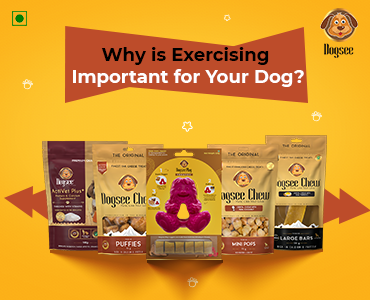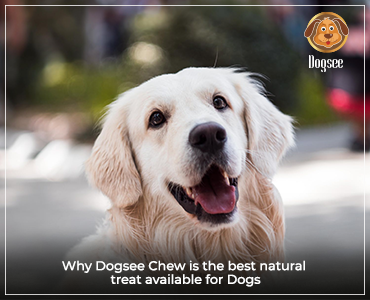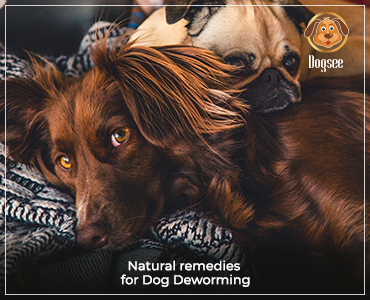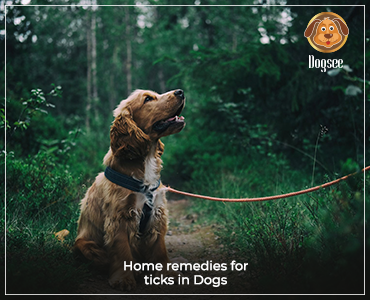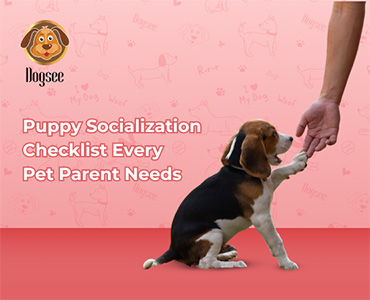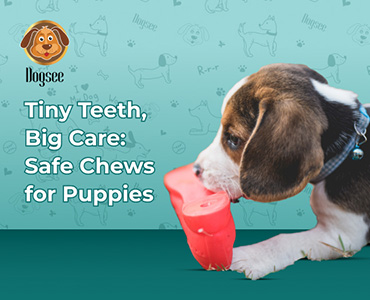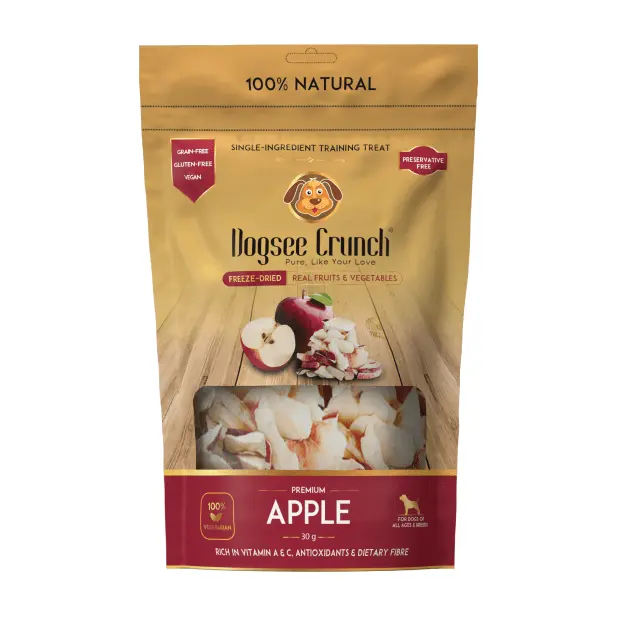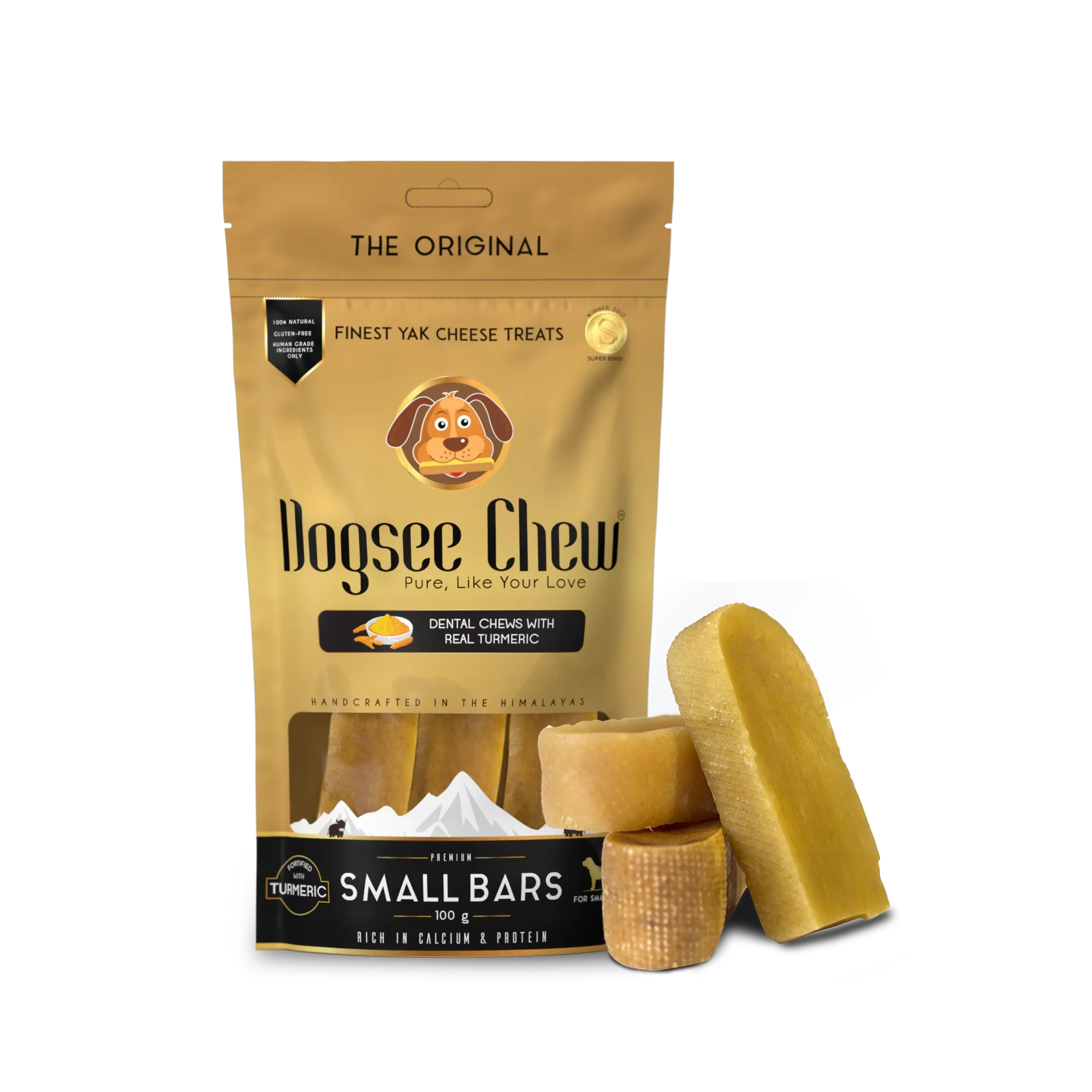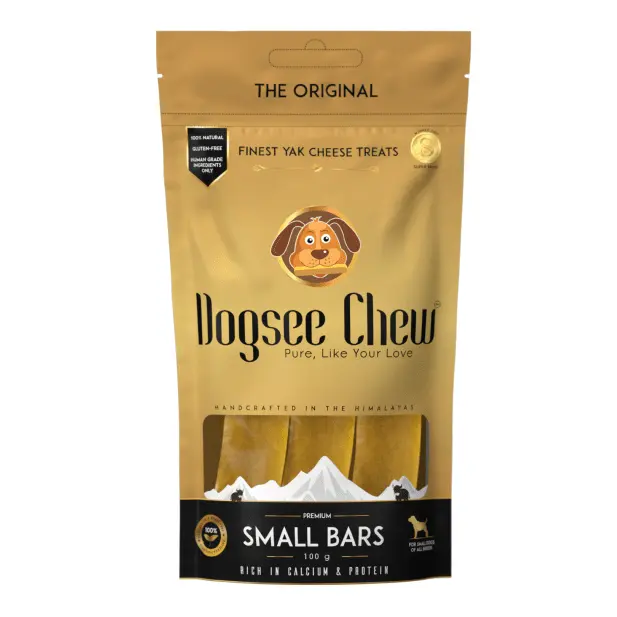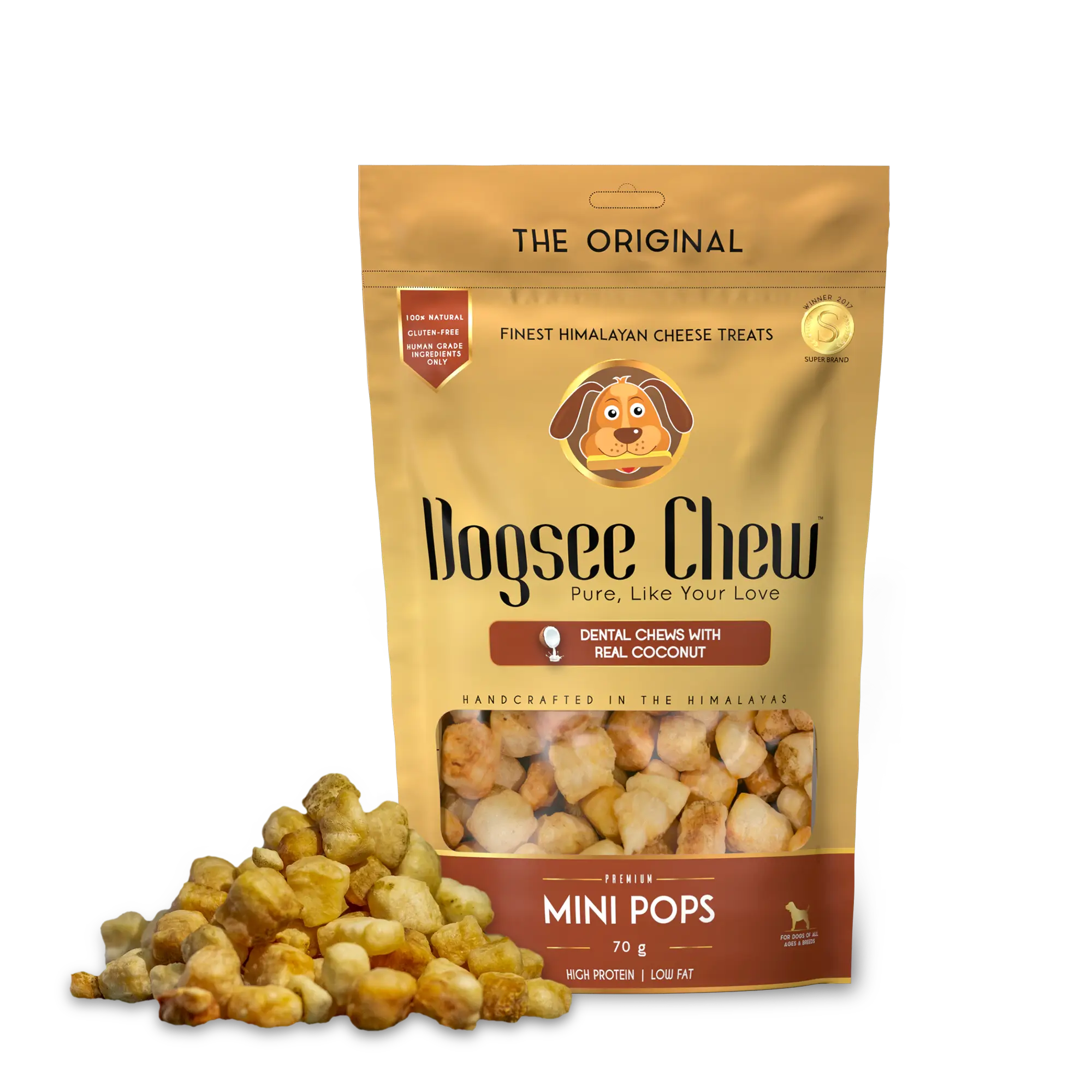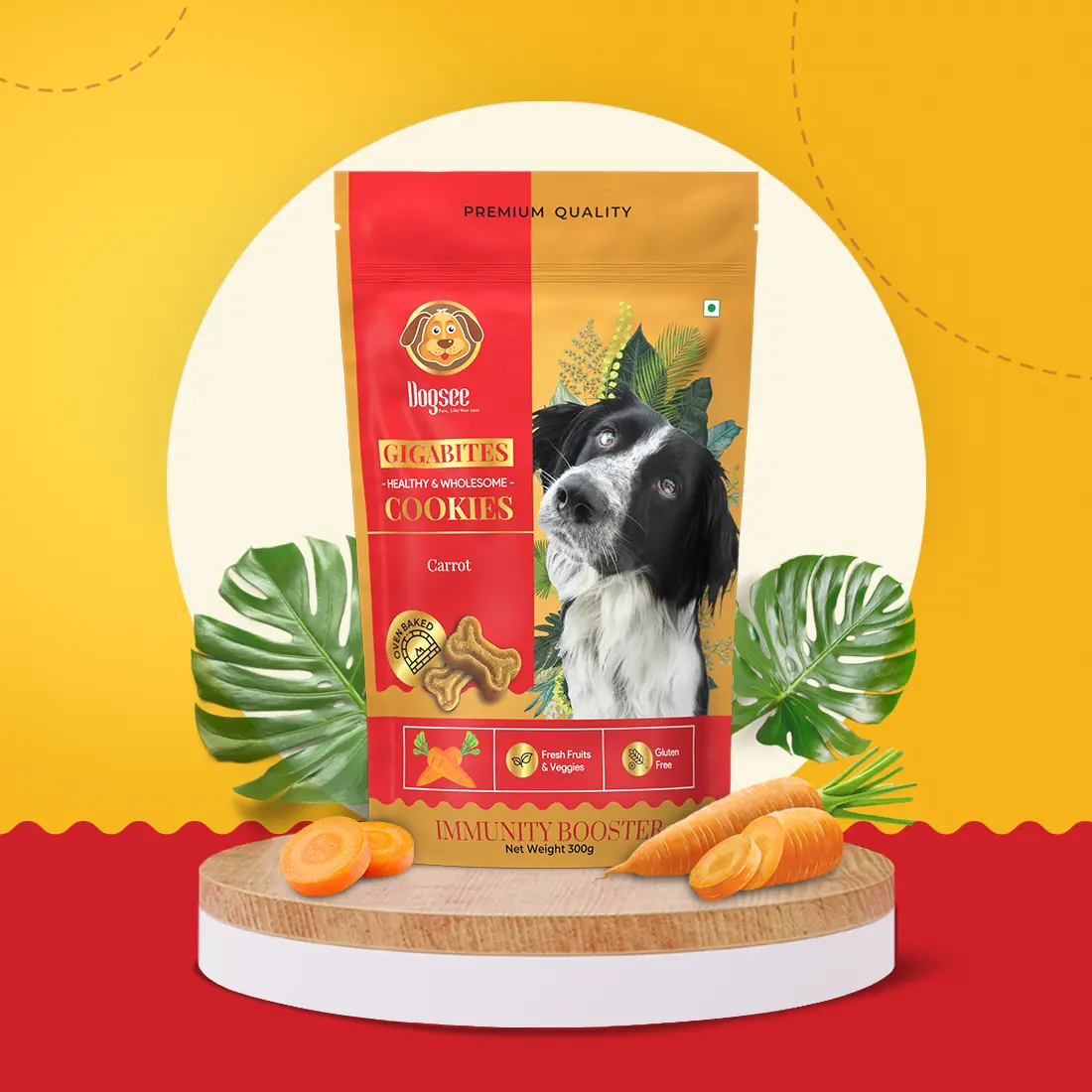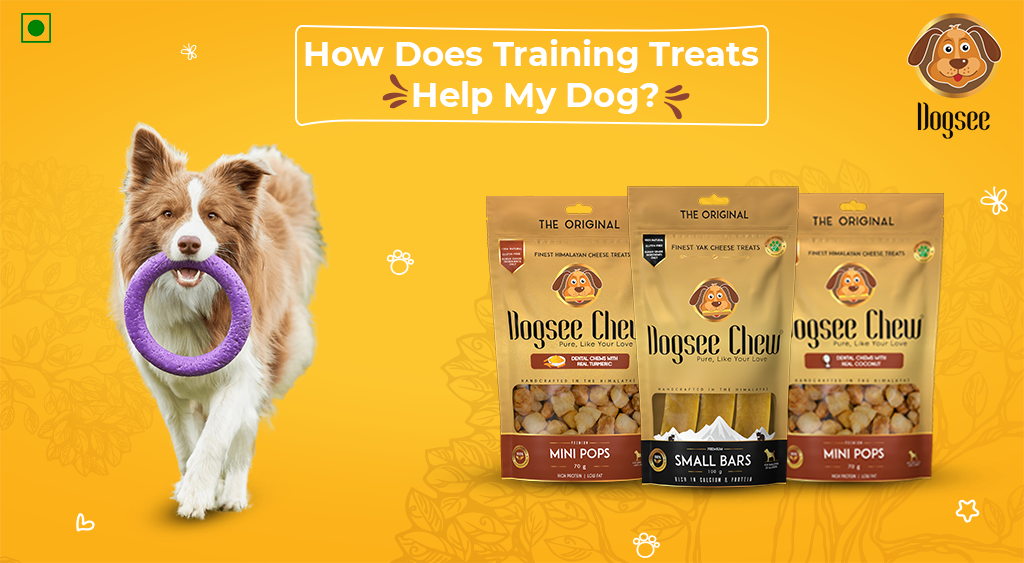
Do you have a new dog whom you need to train? We’re sure you’ll be receiving ‘advice’ and suggestions about dog training from people who aren’t even dog parents! Now the best and most effective way to train your dog with love and compassion is with yummy rewards.
When it comes to training a dog, 5 minutes a day Monday through Friday is better than 30 minutes on Saturday. - Martin Deeley
You can use their dog treats and snacks to do so. Finding a reward that your dog is eager to work for is essential when you start training them. We expect to get paid when we go to work, so it only seems reasonable to give our dogs their preferred form of payment for a job well done.
As a pet trainer, while picking out treats to train your dog make sure they serve not just the purpose of being something your dog wants but also something that will cater to their nutritional needs. If you’re in search of healthy, natural, doggy treats make sure you check out Dogsee Chew!
Dogsee Chew has the best pet training treats, seasoning, dental chews sticks for dogs and more! You’ll find anything and everything your dog would need. We cater to doggos who are cheese fans as well as fresh fruits and veggies with natural and unprocessed treats! Concerned about sizes for your small/big doggo? Don’t worry about it, we have yummy delectable treats from puppy range to senior dogs. Our all- natural treats may even help your doggos training get done fast and easy!
Still have a few questions about training your dog with treats? Let’s try and answer some.
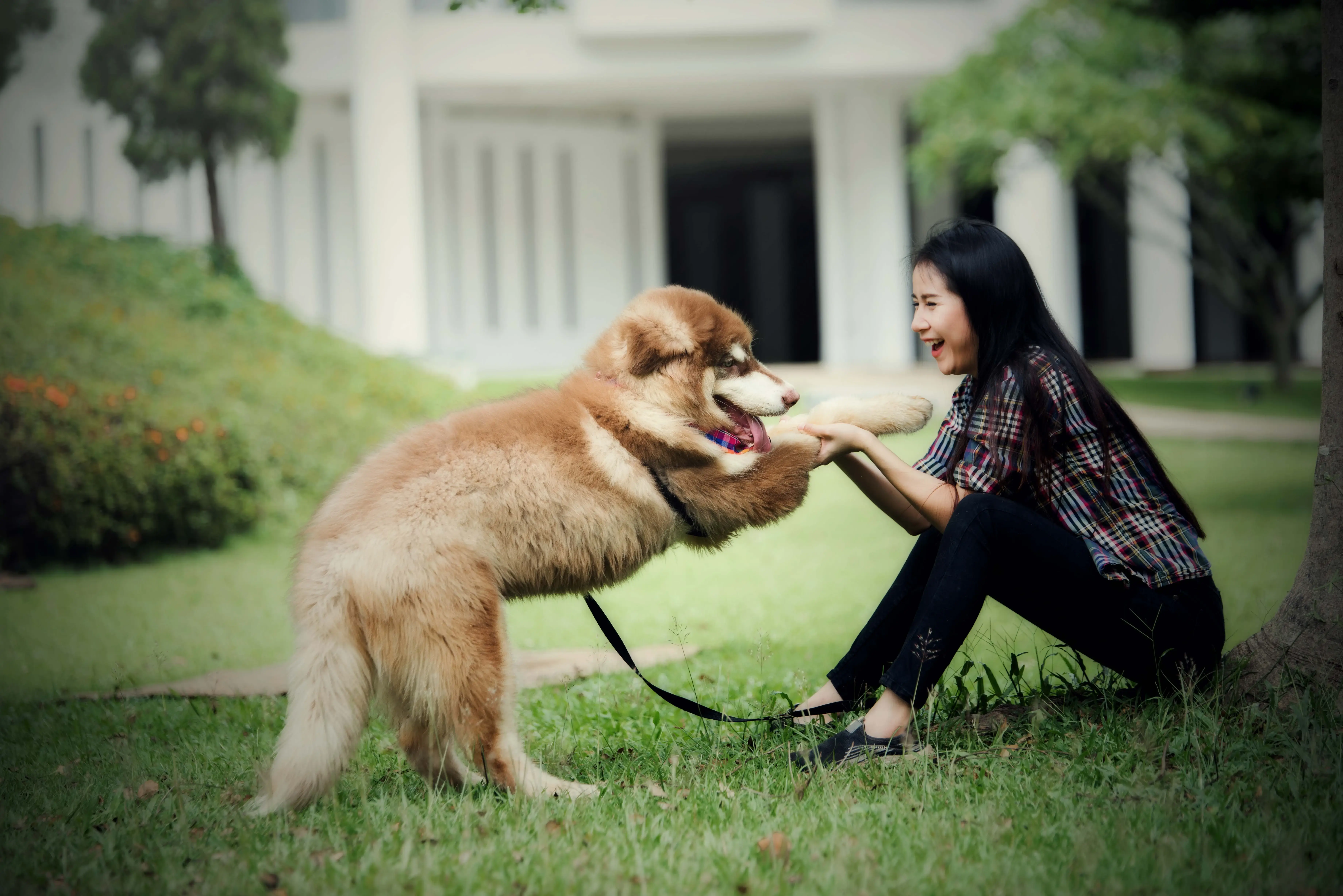
Will you always have to use dog treats for training?
Yes. But compared to when you initially begin training your dog a new trick or when you first introduce distractions, you will employ them less frequently in the future. I frequently get the question of whether training treats will ever be necessary. It makes sense if you're hesitant to use treats when training your dog since you don't want to have to keep a treat in your pocket to get your dog to behave. Treats shouldn't always be the primary form of reinforcement throughout training sessions, just because you use them initially.
You'll be rewarding your dog with a dog training treat for nearly every repeat when you first start. But as you advance, you'll start substituting real-world incentives for goodies. Your dog may occasionally still receive a treat as compensation for a job well done, helping them to continue to value obeying your commands. You can learn more about the process of fading out training rewards here.
No matter what kind of reward you give during dog training—food treats, toys, or real-world rewards—you will always be up against the environment's natural reinforcers. Your dog will find the world to be an exciting place. Your dog will find it challenging to ignore the squirrels to chase, sniffing things, and interacting with other people and dogs around. You can teach your dog that paying attention to you is more important than ignoring other attractive things by giving them crunchy beetroot treats. Unfortunately, a lot of dog owners abandon pet training treats because they believe that their dogs will always want goodies, or because they were never taught how to gradually wean their dogs off of treats. It can be done, and it ought to be!
Are treats the best option for positive reinforcement?
While many dogs do find owner approval and praise pleasant, it's not quite as motivating as getting a piece of tasty dog treats. Many dog trainers like to believe that their dog will be willing to perform for them because it makes them happy.
When training your dog, treats are utilised as a reinforcer. Something that increases the frequency of an action (or inaction) is known as a reinforcer. For instance, by rewarding your dog for sitting, you increase the possibility that they will do it more frequently. Yummy coconut mini pops are the preferred reward for the vast majority of dogs.
Given that food is seen as a main reinforcer, most dogs have strong food drives (the motivation to labour for food). Food is a key reinforcer because your dog needs it to survive, thus they don't need to learn to like it. They have an innate predisposition to learn which behaviours will gain them food. Water, air, sleep, sex, and shelter are among other essential reinforcers.
Are dog training treats easy to use?
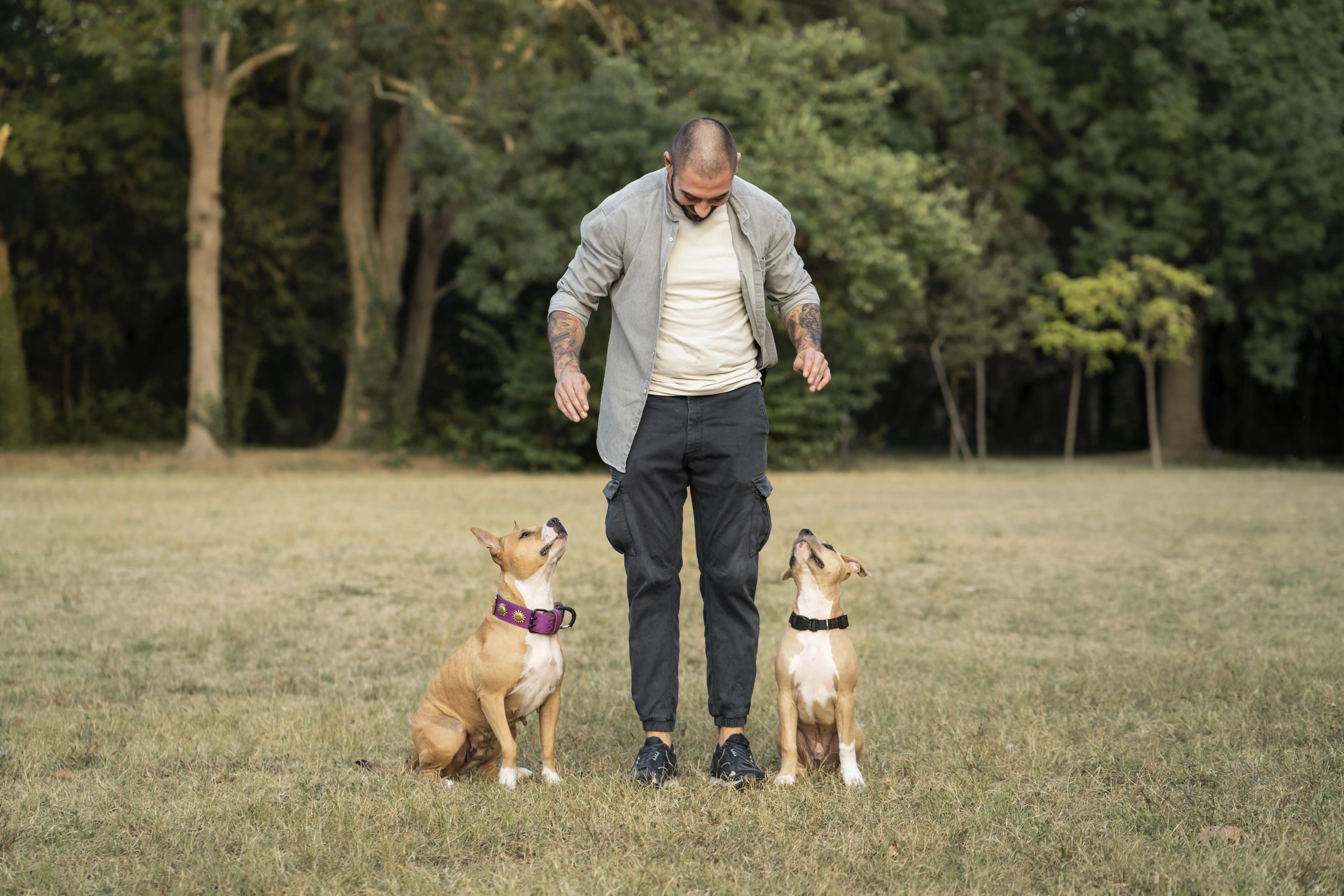
Dog treats are simple to provide to your dog fast when they exhibit a behaviour. This implies that a large number of repeats can be performed quickly. This is crucial when introducing a cue for the first time or while practising in a class setting. For instance, it will take longer to complete ten repetitions if you reward your puppy with a game of tug every time they came when called than if you gave them a modest treat each time they succeeded.
When teaching your dog a new habit, training treats can also be effectively employed as a lure. When you give a dog a treat, cover it with your closed fingers and hold that hand in front of their nose to tempt them to follow it, you are using a lure. A lure allows you a force-free approach to move a dog into a specific position because if you can control a dog's head (by engaging their nose – the smellier the better! ), you can control their body.
When training your dog using a lure, it's crucial to transfer over as soon as possible to what's known as a prompt. The only difference between a prompt and a lure is that a prompt does not conceal food in the hand. Many dogs become so accustomed to following a lure that they can easily follow a hand motion cue since they know it always heralds the arrival of something delicious.
Difference between positive reinforcement and bribes?
When training your dog using a lure, it's crucial to transfer over as soon as possible to what's known as a prompt. The only difference between a prompt and a lure is that a prompt does not conceal food in the hand. Many dogs become so accustomed to following a lure that they can easily follow a hand motion cue since they know it always heralds the arrival of something delicious.
When training your dog, it's crucial that you avoid using food treats as a kind of coercion. When teaching a dog a new behaviour, you first use food (as a lure) to cause the behaviour to occur, and then you switch to the behaviour causing the food to occur. To teach your dog that you won't use rewards as bribes, this adjustment needs to be made as soon as feasible. You can prevent a bribe by quickly fading out the hand lure. Wait to give them the treat until they have complied with the request.
The best way to go when it comes to treats are natural ones
Where can I find healthy dog training treats?
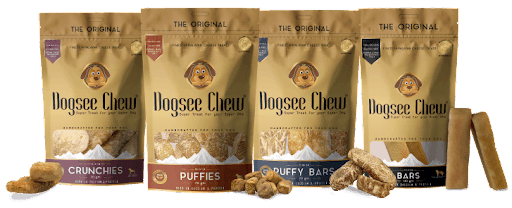
The best place to get naturally made, healthy, and delicious training treats is at Dogsee Chew! With a range of dog training treats that’s not just filled with natural nutrients but also an explosion of your doggos favourite flavours. At Dogsee we believe in serving your little one fresh and unprocessed nutrients derived from fruits, veggies (like apple & banana) and cheese. The principal part about our range of training treats is that there are various sizes that you can try out depending on your dog's age and size. Natural treats mean no added preservatives which reduces risk of allergies and dietary issues.
Dog training is a serious and essential part of raising your little one. It’s important to keep in mind that if your dog is trained consistently you can expect better results. Dogs process what we say or what we train them to do differently so the key to successfully training your dog is with patience, dedication and a lot of love. Dog training sessions are also a great way to grow a strong bond with your doggo so they not just get yummy treats they also spend quality time with their favourite human!
Want to know more about doggy body language? Check out our guide on our Instagram!
Training your doggo is really important as it helps you control them but also helps them stay out of harm's way. Training helps your and your little one do everyday activities a little efficiently and safer. Tasks like crossing the road and socialising with an anxious dog can be made easier when you have an obedient dog.
Other essential commands like sit, no, stay, wait etc. are extremely important incase you need to stop your dog from causing harm to themselves, like if they are going to eat something that may be harmful.
Make sure you know the 20 Essential Dog Training Commands/ Orders list (Basic to Advanced) to give your dog the best training possible.
 HELPFUL0 people found it helpful
HELPFUL0 people found it helpful
Related Blogs
Subscribe to Our Blogs
and never miss on the latest update!








